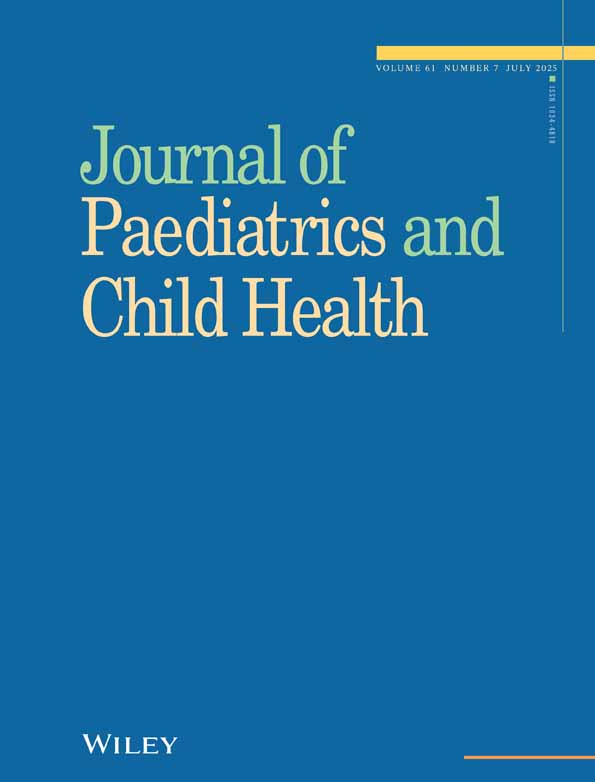Hospitalizations in Children With Optic Nerve Hypoplasia and Septo-Optic-Pituitary Dysplasia
Funding: Manitoba Centre for Health Policy support fund, Children's Hospital Research Institute of Manitoba, and Fighting Blindness Canada. The funders had no role in study design, data collection and analysis, decision to publish, or preparation of the manuscript.
ABSTRACT
Background and Objectives
Optic nerve hypoplasia (ONH) causes congenital impaired vision. The diagnosis of septo-optic-pituitary dysplasia (SOD) is made when ONH occurs in conjunction with hypopituitarism or absent septum pellucidum or abnormal corpus callosum. Our objectives were to describe differences in hospitalisation rates, length of hospital stay (LOS), and the primary reasons for hospitalisations among children with ONH/SOD in comparison to controls.
Methods
A population-based retrospective study with a case–control design was conducted. Cases were 124 ONH/SOD patients (mean age: 13 years, SD: 7.2 years), matched to 620 unrelated population-based controls (mean age: 12.4 years, SD: 7.2 years) on area of residence, year of birth, and sex. Non-parametric statistics were used to test for differences between cases and controls on number of hospital admissions, crude rates of admissions, and LOS. Relative rates (RR) with 95% confidence intervals (CIs) were estimated. Primary (most responsible) diagnoses were described for hospitalisations.
Results
ONH/SOD cases had the highest percentage of hospitalisations (26.6%–32.3%) in comparison to the control group (10.2%–12.6%), especially in the SOD subgroup with hypopituitarism (42.9%–54.3%) who were also at risk of multiple hospitalisations. ONH/SOD cases had a significantly higher crude hospitalisation rate in comparison to the control group (RR range:2.3–2.8, 95% CI range:1.6–4.2), and was highest in infants < 1-year-old and in the SOD subgroup with hypopituitarism. The median LOS was significantly higher in ONH/SOD cases in comparison to the controls [median (interquartile range):7–8 (3–21) versus 3–4 (2–9) days respectively, p ≤ 0.004]. Diseases of the respiratory system were the primary reasons for hospitalisation in all groups, but they were highest in the ONH/SOD group accounting for 25.3% of their hospitalisations versus 9.5% in the unrelated controls.
Conclusion
Children with ONH/SOD have a higher rate of hospitalisation and LOS in comparison to controls, especially in the SOD subgroup with hypopituitarism. Diseases of the respiratory system were primarily responsible for hospitalisations in all groups, but disproportionately affected the ONH/SOD group.
Conflicts of Interest
The authors declare no conflicts of interest.
Open Research
Data Availability Statement
The data used for this study are owned by the data providers: Manitoba Health, Seniors, and Active Living, Winnipeg Regional Health Authority, and Vital Statistics. Access to data is given upon approvals from the University of Manitoba Health Research Ethics Board and the Health Information Privacy Committee, and permission from all data providers. More information on access to these databases can be found at: http://umanitoba.ca/faculties/health_sciences/medicine/units/community_health_sciences/departmental_units/mchp/resources/access.html.




